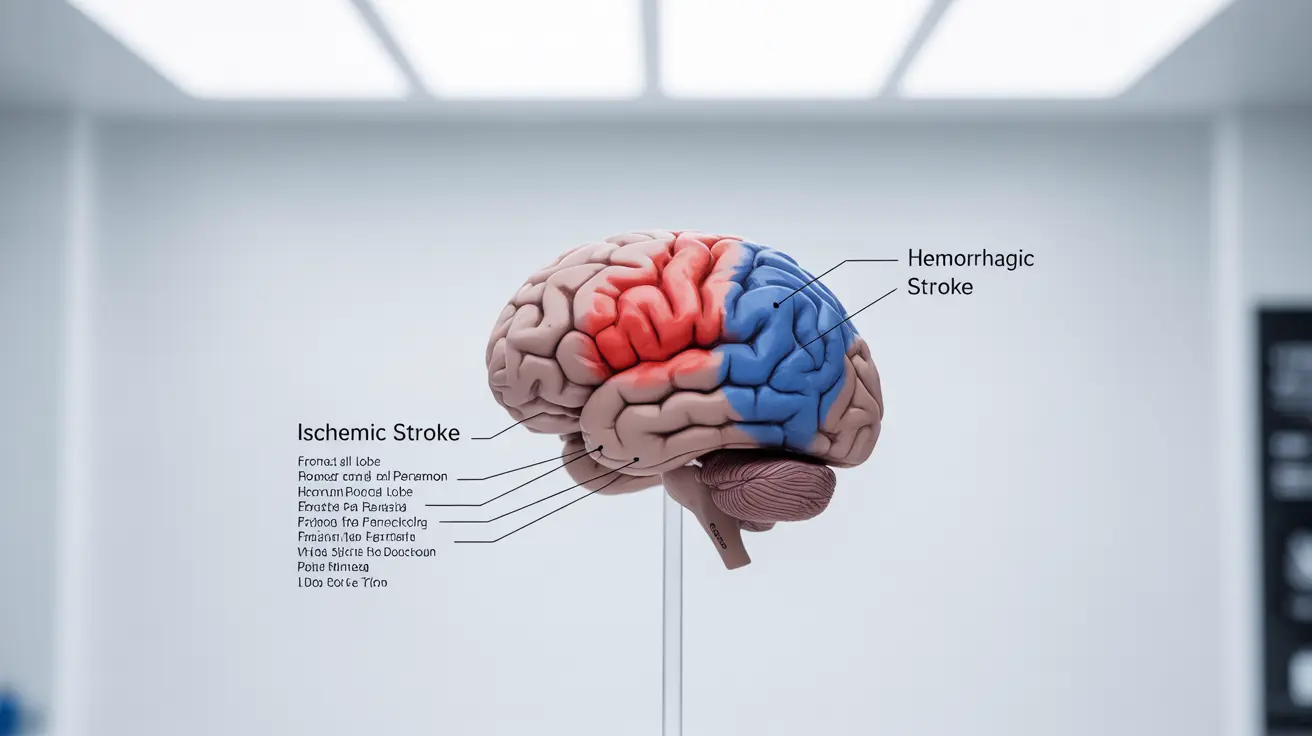While strokes are often associated with older adults, they can affect people of any age, from newborns to the elderly. Understanding stroke risk factors, symptoms, and prevention strategies across different age groups is crucial for early intervention and better outcomes.
This comprehensive guide explores how strokes manifest in different age groups, helping you recognize warning signs and understand prevention strategies, regardless of your age or family history.
Understanding Strokes Across Age Groups
A stroke occurs when blood flow to the brain is interrupted, either by a blockage (ischemic stroke) or bleeding (hemorrhagic stroke). While risk factors and causes may vary by age, quick recognition of symptoms and immediate medical attention are essential for all age groups.
Stroke in Young Adults
Young adults (ages 18-50) are increasingly experiencing strokes, often due to different risk factors than older adults. Common causes include:
- Arterial dissection
- Blood clotting disorders
- Drug use
- High blood pressure
- Birth control pills combined with smoking
- Obesity and sedentary lifestyle
Stroke in Middle-Aged Adults
For adults between 50-70 years, traditional cardiovascular risk factors become more prominent. Key contributors include:
- Hypertension
- High cholesterol
- Diabetes
- Smoking
- Obesity
- Physical inactivity
Stroke in Children
Pediatric strokes, while rare, require special attention. Risk factors specific to children include:
- Congenital heart defects
- Blood disorders
- Head or neck trauma
- Infections
- Genetic conditions
Prevention and Risk Management
Preventing strokes involves understanding and managing risk factors across all age groups. Essential preventive measures include:
- Regular blood pressure monitoring
- Maintaining healthy cholesterol levels
- Regular physical activity
- Balanced diet rich in fruits and vegetables
- Smoking cessation
- Limited alcohol consumption
- Stress management
Treatment Approaches
Treatment strategies vary depending on the type of stroke and the patient's age. Quick action is crucial in all cases, following the "time is brain" principle. Modern treatments may include:
- Clot-busting medications (for ischemic strokes)
- Endovascular procedures
- Surgery (for hemorrhagic strokes)
- Rehabilitation therapy
- Preventive medications
Frequently Asked Questions
What are the most common signs and symptoms of a stroke in young adults?
Common stroke symptoms in young adults include sudden severe headache, weakness or numbness on one side of the body, difficulty speaking or understanding speech, vision problems, and balance issues. These symptoms often appear suddenly and require immediate medical attention.
How can I reduce my risk of having a stroke if I have a family history of strokes?
To reduce stroke risk with a family history, maintain a healthy lifestyle through regular exercise, a balanced diet, and blood pressure control. Regular medical check-ups, avoiding smoking, limiting alcohol, and managing conditions like diabetes are also crucial. Some individuals may need preventive medications based on their doctor's recommendations.
What are the differences between an ischemic and hemorrhagic stroke, and how are they treated?
Ischemic strokes occur when blood vessels are blocked, while hemorrhagic strokes involve bleeding in the brain. Ischemic strokes are treated with clot-busting medications and blood thinners, while hemorrhagic strokes may require surgery to repair blood vessels and reduce pressure on the brain.
Can lifestyle changes, such as diet and exercise, help prevent strokes at any age?
Yes, lifestyle changes can significantly reduce stroke risk at any age. Regular physical activity, a diet rich in fruits, vegetables, and whole grains, maintaining a healthy weight, and avoiding smoking all contribute to stroke prevention. These changes are especially effective when started early and maintained consistently.
What are the most common causes of strokes in children and how can they be prevented?
Common causes of pediatric strokes include congenital heart defects, blood disorders, infections, and head trauma. Prevention focuses on managing underlying conditions, regular medical check-ups, and prompt treatment of infections. For children with known risk factors, doctors may recommend specific preventive medications or treatments.




